
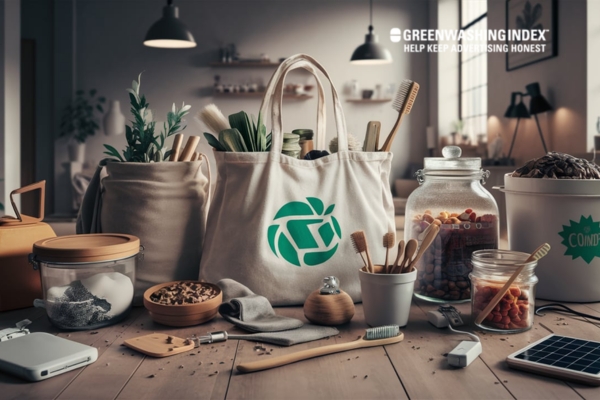
You’re standing in your kitchen, surrounded by a mountain of plastic containers and a trash bin that’s overflowing. It’s an all-too-common scene in many households. But what if I told you there’s a way to not only reduce waste but also save money while doing it?
These 15 helpful tips for zero waste will transform your lifestyle. You don’t need to spend a fortune to embrace sustainable living. From DIY solutions to finding budget-friendly reusable products, these tips will guide you toward eco-friendly habits without breaking the bank.
Ready to embark on a journey that benefits both the planet and your wallet? Let’s dive in!
Looking to dive into zero waste living without breaking the bank? You’re in the right place! These fifteen tips for zero waste are designed to help you kickstart a budget-friendly, sustainable lifestyle.
From embracing the DIY spirit to joining communities, these tips for zero waste will guide you on the path to eco-friendly habits. Ready to explore ways to reduce waste and save money? Let’s get started!
Creating your own household and personal care products is not only budget-friendly but also a key step towards a zero-waste lifestyle. For example, common items like baking soda, vinegar, and essential oils can be combined to make effective cleaning agents, shampoos, and even skincare products.

A simple all-purpose cleaner can be made by mixing equal parts vinegar and water in a reusable spray bottle, adding a few drops of your favorite essential oil for scent. You can also make scrubs by blending sugar or salt with coconut oil, perfect for natural exfoliation.
By making your own products, you’re reducing plastic waste from store-bought alternatives and saving on unnecessary purchases. The practice also allows you to control the ingredients you’re using, ensuring a healthier home environment and minimizing the need for harsh chemicals.
Shopping second-hand is one of the most sustainable practices for reducing waste, as it supports the reuse of items and lessens demand for new production. Thrift stores, online platforms like eBay or Facebook Marketplace, and local garage sales are all excellent resources for affordable, gently used items.
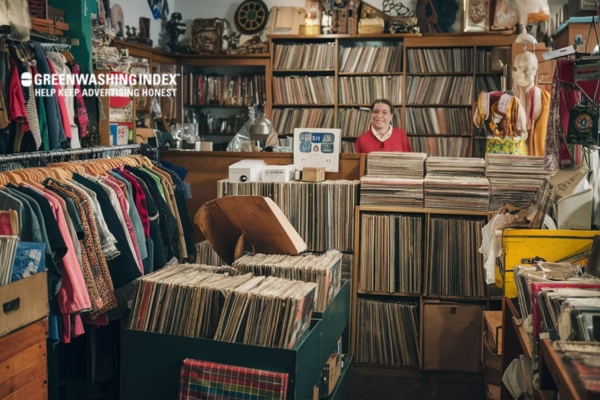
When you shop second-hand, look for versatile items you can use in multiple ways or that can be upcycled to meet your needs. For instance, an old piece of furniture can often be sanded and painted to look new, and clothes can be tailored to fit better or made into other items.
Additionally, many vintage shops and flea markets offer unique, high-quality pieces at a fraction of their original prices. By choosing second-hand, you’re reducing the environmental impact of fast fashion and excessive manufacturing, all while saving money.
Investment in reusable containers for food storage, bulk shopping, and on-the-go meals is essential for a zero-waste lifestyle. Glass jars, silicone bags, and stainless steel containers are excellent alternatives to single-use plastic bags and can be used for years.
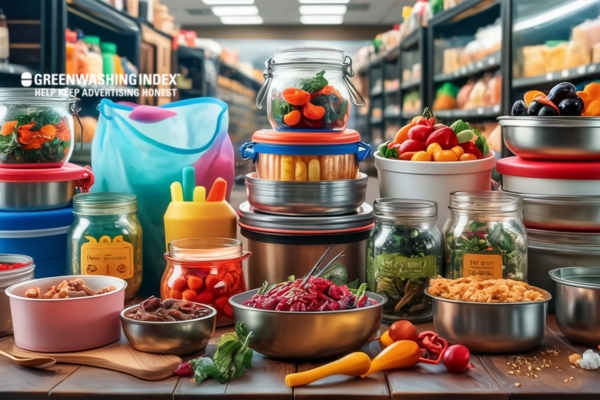
Bring these containers to bulk stores or even some restaurants that allow customers to bring their own takeaway boxes. Not only does this practice reduce packaging waste, but it also keeps your food fresher and safer compared to plastic packaging, which can release harmful chemicals.
Over time, reusables help cut costs associated with constantly purchasing disposable containers. For meal prep, stackable glass containers make it easy to portion and organize meals in the fridge, which helps reduce food waste by keeping food visible and easy to access.
Meal planning is an effective way to avoid unnecessary waste and overspending on groceries. Begin by assessing what ingredients you already have, then create a weekly meal plan that incorporates these items to minimize excess.
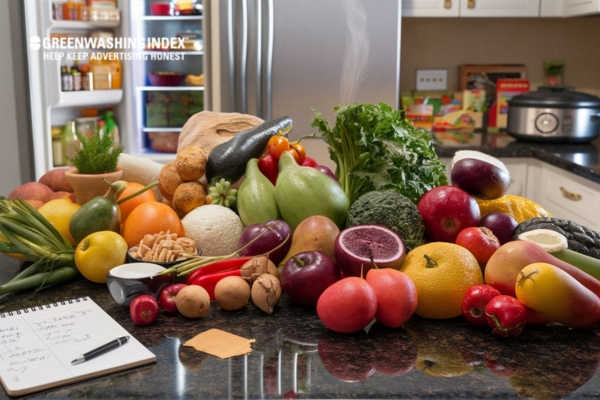
A detailed shopping list can help you stay focused on what’s needed, avoiding impulse buys that may go unused. Batch cooking is a practical technique that allows you to make several servings of a dish at once, perfect for busy weeks and preventing food waste. For instance, if you cook a large pot of soup or stew, you can freeze portions for later use, which saves both time and money.
Additionally, plan to use leftovers creatively, like turning cooked veggies into stir-fries or wraps. Meal planning keeps your kitchen organized, reduces food waste, and ensures that you’re eating well without overspending.
Bulk buying is an economical choice that also reduces the need for excessive packaging. Many stores allow customers to bring their own containers to fill with essentials like grains, nuts, spices, and pasta.
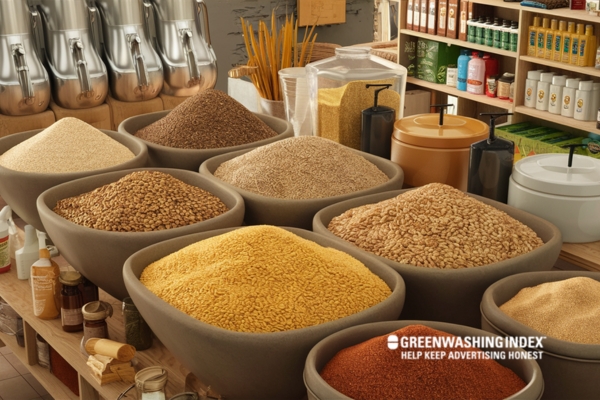
This helps eliminate single-use packaging and allows you to buy precisely the amount you need. For pantry staples, buying in bulk also helps to save money, as you’re not paying for branded packaging or smaller portions. Some stores even offer discounts for bulk items, further lowering your grocery expenses.
Bulk buying applies not just to food but also to personal care and cleaning products, as some zero-waste stores provide refills for shampoo, conditioner, and dish soap. This sustainable approach minimizes waste, saves money, and reduces trips to the store, making it a win for both your budget and the environment.
Transitioning away from single-use items like plastic straws, cutlery, and bags is one of the easiest ways to reduce waste. Start by creating a zero-waste kit with reusable items you’ll need regularly: a stainless steel or glass water bottle, reusable cutlery, a coffee cup, and a shopping bag.
Keeping this kit in your bag or car ensures you’re prepared when you’re out and about, helping you to avoid plastic utensils and cups. Many cafes now offer discounts if you bring your own cup, adding an extra incentive.
Even at home, switch to cloth napkins, cotton rounds, and reusable straws to further cut down on waste. Over time, this habit will not only reduce waste but also save you from buying disposable items that add up in cost and environmental impact.
Cooking at home is an effective strategy for a zero-waste lifestyle. It allows you to control portions, reduce food packaging, and limit the need for disposable containers from takeout meals.
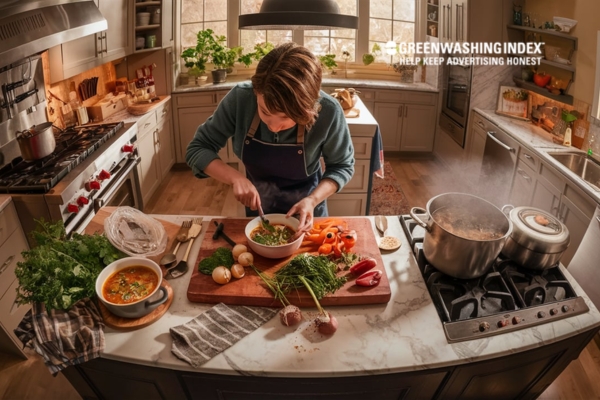
By making meals from scratch, you can use ingredients you already have, minimizing food waste and ensuring healthier eating habits. Plan meals that use overlapping ingredients to avoid throwing away unused food items. Batch cooking or meal prepping over the weekend can provide you with ready-to-eat meals for the week, which reduces the temptation to order takeout.
This approach saves money, and you have the flexibility to store leftovers in reusable containers. Cooking at home is also a way to experiment with new ingredients and recipes, making it a rewarding and waste-free habit.
Also Read: 10 Green Cleaning Habits: Your Guide to a Zero-Waste Home
Growing your own herbs, fruits, or vegetables, even on a small scale, is an impactful way to reduce waste and costs associated with store-bought produce. Herbs like basil, mint, and rosemary grow well in small indoor spaces, while veggies like tomatoes, lettuce, and bell peppers can be grown in containers on a balcony or patio.
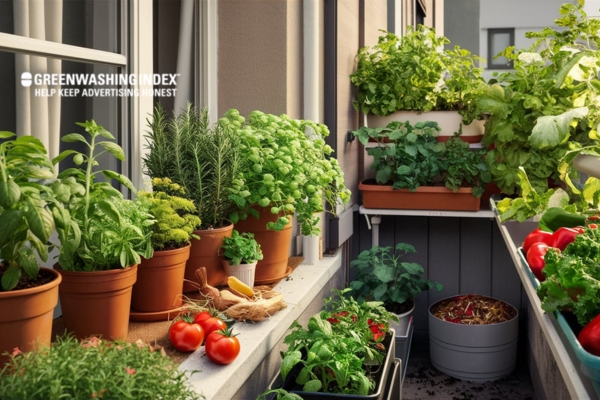
Not only does this practice cut down on packaging waste, but it also ensures a fresher, healthier diet without pesticides. You can even compost vegetable scraps and use them as natural fertilizer, creating a closed-loop system in your garden.
If you’re new to gardening, start small with a few easy plants, then gradually expand. The satisfaction of harvesting your own produce adds enjoyment to mealtime and strengthens your connection to sustainable living.
DIY cleaning products are simple, affordable, and customizable, offering a sustainable alternative to commercial cleaners that often come in plastic bottles. Common ingredients like vinegar, baking soda, and lemon juice can be combined for powerful and effective cleaning solutions.
For example, vinegar and water work well as an all-purpose cleaner, while baking soda can be used to scrub surfaces and deodorize. Essential oils like tea tree, lavender, or lemon add pleasant scents and have natural antibacterial properties.
By storing these solutions in reusable spray bottles or jars, you avoid unnecessary packaging waste and reduce chemical exposure in your home. DIY cleaners are versatile, safe, and can be customized based on your cleaning needs, making them a valuable addition to any zero-waste household.
Reducing your reliance on paper by going digital is a straightforward way to minimize waste. Choose e-bills over paper statements, use a digital calendar or planner, and read e-books instead of physical copies when possible.
Digital apps like budgeting tools, grocery lists, and recipe organizers can help streamline your life without needing paper products. For events or meetings, encourage digital invitations instead of paper ones, which also makes tracking RSVPs easier.
Going paperless not only saves resources but also reduces clutter in your home. It’s a practical way to embrace minimalism, as you only store what’s necessary in digital form, reducing physical waste and saving time spent organizing paper files.
Cloth napkins, towels, and rags are cost-effective, reusable alternatives to paper towels, tissues, and wipes. Switching to cloth reduces waste by limiting the need to constantly buy disposable paper products. Cloth napkins can be used during meals, while cotton rounds are perfect for skincare routines.
For household cleaning, microfiber or cotton cloths are excellent at capturing dust and grime, and they can be washed and reused multiple times. Store clean clothes in accessible areas, like the kitchen or bathroom, and keep a small bin for used ones that can be laundered weekly. Over time, this swap cuts costs and reduces your household’s contribution to paper waste.
Connecting with zero-waste communities—whether online or in-person—provides valuable tips, encouragement, and a sense of accountability. Facebook groups, Reddit forums, and local meetups are great platforms for sharing resources, discovering sustainable brands, and finding like-minded people.
These communities often organize events like swap meets, repair cafes, or workshops, allowing members to exchange items, repair belongings, and learn new zero-waste skills.
Participating in these events can also introduce you to new sustainable practices or give you ideas for waste-free living that you may not have considered. Zero-waste communities foster a collaborative approach, supporting everyone’s journey toward a lower-waste lifestyle.
Energy conservation aligns with zero waste by reducing overall resource use and lowering monthly bills. Start by switching to LED bulbs, which use less power and last longer, and unplug devices when not in use to prevent energy drain.
If you’re in a climate that allows it, consider drying clothes on a line rather than using a dryer. Small changes, like using natural light during the day, adjusting your thermostat, and reducing water heater usage, can make a big difference.
Being conscious of energy usage not only reduces environmental impact but also decreases costs, making it an impactful part of a zero-waste lifestyle on a budget.
Adopting a minimalist approach with purchases goes hand-in-hand with zero waste, as it focuses on buying only what you need and using it mindfully. Before making a purchase, consider whether it’s essential, if it can be borrowed or bought second-hand, or if it could be substituted with something you already own.

This intentional way of shopping prevents impulse buys that may end up in the trash later. Practicing minimalism encourages you to prioritize quality over quantity, which saves money and ensures your belongings last longer. Focusing on essentials also frees up space in your home, reducing clutter and promoting a simpler, waste-free environment.
Repurposing or upcycling items breathes new life into materials that would otherwise be discarded. Before throwing anything out, think of creative ways to reuse it.
Glass jars can store pantry items or double as drinking glasses, while old t-shirts can be cut into cleaning rags or reusable shopping bags. Upcycling goes beyond home use; for example, an old suitcase could be transformed into a vintage-style storage box or a plant stand.
Repurposing extends the lifecycle of products, helping you avoid new purchases and reduce waste. It also adds a creative, personalized touch to your home, transforming old items into functional decor pieces.
Switching to eco-friendly personal care products minimizes waste, reduces exposure to harmful chemicals, and often costs less in the long run. Look for alternatives like bamboo toothbrushes, refillable deodorants, and bar-based shampoo and conditioner.

Many eco-conscious brands also offer reusable makeup remover pads, biodegradable floss, and plastic-free razors. These products often come in minimal or recyclable packaging, which further cuts down on waste.
By choosing sustainable personal care items, you’re supporting eco-friendly companies and helping shift the market toward greener solutions, all while keeping your routine effective and waste-free.
Zero-waste living offers a range of advantages that go beyond reducing waste. By adopting sustainable practices, you can positively impact various aspects of life, from helping the environment to improving personal well-being.
Below are some key considerations to keep in mind when embracing a zero waste lifestyle:
Adopting a zero waste lifestyle on a budget is not only achievable but also rewarding. Remember, every little effort counts toward creating a healthier planet.
So, embrace the journey to a more sustainable lifestyle and enjoy the benefits it brings. If you found these tips for zero waste helpful, explore more of our blogs for additional insights on living sustainably and economically!
